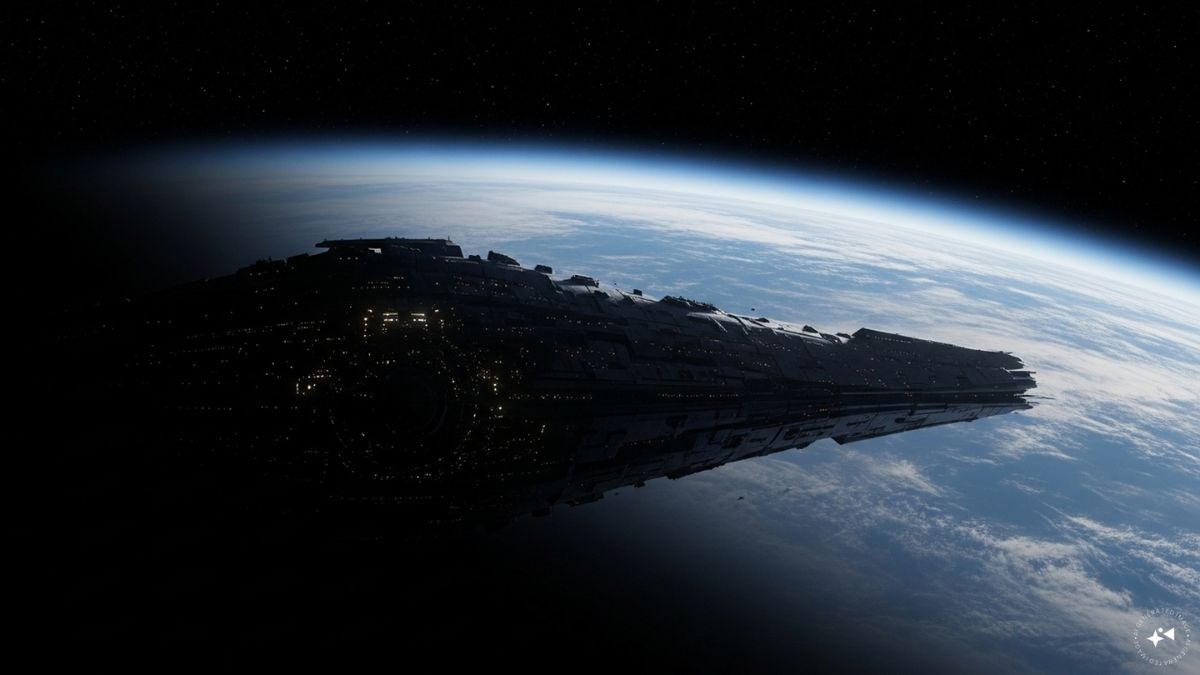Is the search for aliens finally over?
For years, scientists have scanned the skies for extraterrestrial intelligence using radio telescopes and optical tools to detect artificial signals.
But a new study suggests the issue may not be the lack of signals, but rather timing and direction.
So, what does the study say? And what does it mean for the search?
Let’s take a look:
The study
A recent study published in the Monthly Notices of the Royal Astronomical Society introduces a new way to look for possible extraterrestrial probes near Earth.
The researchers suggest using Earth’s shadow as a natural filter to block out interference caused by satellites and space junk.
Notably, today’s skies are crowded with thousands of satellites and millions of fragments of debris that reflect light. This makes it very hard to spot anything unusual, especially if it might come from beyond Earth.
To tackle this issue of “contamination,” an international team led by Beatriz Villarroel of Stockholm University turned to Earth’s shadow.
When Earth blocks the Sun, it creates a cone-shaped shadow in space where no sunlight can bounce off satellites or debris. This makes it an ideal area to carry out a clean search. For objects in geosynchronous orbit, around 35,700 km above Earth, the shadow stretches across a base of nearly eight to nine degrees.
This is why the team focused on Earth’s shadow. Each night, it creates a space where sunlight cannot reflect off satellites or fragments of debris.
Since human-made satellites rarely give off visible light, apart from occasional cases such as communication lasers or thrusters, any bright flash or streak seen within this shadow could point to something far more unusual.
Impact Shorts
More ShortsHow was the research carried out?
For the study, the researchers examined more than 200,000 images from the Zwicky Transient Facility (ZTF), a telescope in California that regularly scans the sky for changing objects.
They used an automated system called NEOrion, which flagged thousands of possible candidates. Most of these turned out to be meteors, aircraft or already known asteroids.
One case, however, was different.
The system detected an unidentified object moving much faster than typical asteroids and not listed in any existing database. The researchers could not determine what it was, leaving the finding unresolved.
The study also suggested new paths for future work. These include looking at astronomical photographs taken before 1957 to search for unexplained objects from before the space age, and studying the light signatures of materials that may have been altered by long exposure to space.
Although no alien artefacts were confirmed, Villarroel and her team believe their work shows that systematic searches are possible with the telescopes we already have.
They are now working on the ExoProbe project, a telescope network that will capture simultaneous observations and help measure the distance to unusual objects.
What’s next?
The researchers suggest astronomers should rethink their approach. If Earth’s own signals are strongest during alignments, then signals from elsewhere may behave the same way.
Pinchen Fan, an astronomer at Pennsylvania State University and the study’s lead author, said, “Considering the direction and frequency of our most common signals gives insights into where we should be looking to improve our chances of detecting alien technosignatures.”
To increase the chances of detection, the team said scientists should focus on moments when exoplanets, planets outside our solar system, line up with their host stars, or at least when such alignments occur.
)